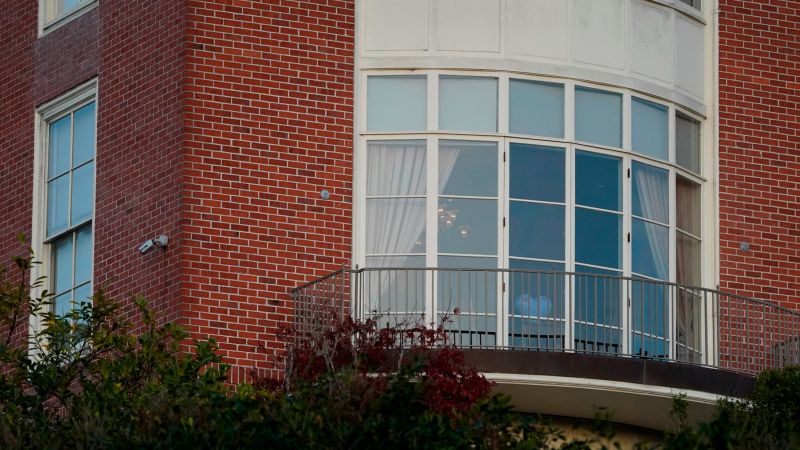Drought worsens, with more than half of Nebraska now in extreme drought or worse

Two fires in southern Lancaster County on Oct. 23 burned an estimated 9,000 acres, injured two firefighters and damaged numerous homes and other structures. The rapid spread of the fires were, in part, due to extremely dry conditions.
Drought conditions worsened significantly across Nebraska last week, especially in areas that are experiencing extreme drought, according to the latest Drought Monitor released by the University of Nebraska-Lincoln.
All but a tiny sliver of the state along the Kansas border is in at least a moderate drought, and more than 83% is now in severe drought or worse.
But the biggest jump in drought conditions came in the extreme category, which now covers more than 51% of the state, up from about 42% the previous week.
Extreme drought now covers large swaths of the Panhandle, southwest Nebraska and north-central and northeast Nebraska.
The only good news was that areas in exceptional drought, the worst category, stayed steady at 11.5% of the state. Those areas remain predominantly in southwest and northeast Nebraska.
People are also reading…
Lancaster County’s situation remained pretty much the same as last week, with all but the northeastern corner in severe drought.
Lincoln has received only about 2.2 inches of rain since the beginning of August, which is more than 6 inches below normal for the period. Currently, it’s the second-driest August-October period ever recorded in Lincoln.

The extremely dry conditions have wreaked havoc in a number of ways, including causing wildfires that have burned hundreds of thousands of acres across the state.
The latest were two fires in southern Lancaster County on Sunday that burned an estimated 9,000 acres, injured two firefighters and damaged numerous homes and other structures.

A day after fires swept across southern Lancaster County, Hallam Fire Chief Ryan Skillett hoses down a burning tree at Olive Creek State Recreation Area on Monday.
The drought also has been hard on agriculture in the state.
As of last week, 84% of both topsoil and subsoil were rated as short or very short of moisture, while 82% of pastureland was rated as poor or very poor.
A report released Thursday from the Nebraska Farm Bureau showed that drought is the second-biggest concern for the state’s farmers and ranchers going into next year, behind only crop input costs.
Jay Rempe, the Farm Bureau’s senior economist, estimated the state’s farmers could lose as much as $2 billion in revenue this year just on the corn, soybean and wheat crops.
“But it’s likely to be worse because these estimates do not account for other crops like sorghum, sugar beets, sunflowers and dry beans,” Rempe said.
Lancaster County wildfire rekindles, destroys another outbuilding near Olive Creek State Recreation Area
Photos, videos: Wildfire threatens southern Lancaster County

A day after fires swept across southern Lancaster County, Hallam Fire Chief Ryan Skillett hoses down a burning tree at Olive Creek State Recreation Area on Monday.

Hallam Fire Chief Ryan Skillett hoses down a burning tree at Olive Creek State Recreation Area near Hallam on Monday.

Hallam firefighter Bryan Heckman hoses down a hot spot with help from Fire Chief Ryan Skillett at Olive Creek State Recreation Area on Monday.

Sunday’s grass fire scored this field along Southwest 100th Street in southern Lancaster County.

A tree is seen burning at Olive Creek State Recreation Area near Hallam on Monday.

An out-of-control fire on Sunday scored trees at Olive Creek State Recreation Area near Hallam.

Actions by firefighters, with help from farmers, protected many homes like this one on West Princeton Road as flames swept across southern Lancaster County on Sunday.

Dry conditions and strong winds helped to fuel a fire that swept across sections of southern Lancaster County on Sunday.

Sunday’s fires in southern Lancaster County left an area of destruction along West Wendelin Road near Olive Creek Lake.

Hallam firefighters keep an eye on hot spots at Olive Creek State Recreation Area on Monday.

Hallam firefighter Bryan Heckman retracts the hose as he checks out hot spots at Olive Creek State Recreation Area following Sunday’s fire.

Fires that swept across southern Lancaster County on Sunday destroyed at least three homes, including a residence on West Wendelin Road near Olive Creek Lake.

Smoke is seen rising from hot spots on West Princeton Road on Monday, a day after flames swept across southern Lancaster County.

An out-of-control fire on Sunday scored trees at Olive Creek State Recreation Area near Hallam.

Olive Creek State Recreation Area on Monday morning after a wildfire ripped through the area.

A drone captured this image of an acreage in southern Lancaster County threatened by Sunday’s massive fire.

A drone captured this image of the fire on Sunday that threatened sections of southern Lancaster County.
Reach the writer at 402-473-2647 or molberding@journalstar.com.
On Twitter @LincolnBizBuzz.








